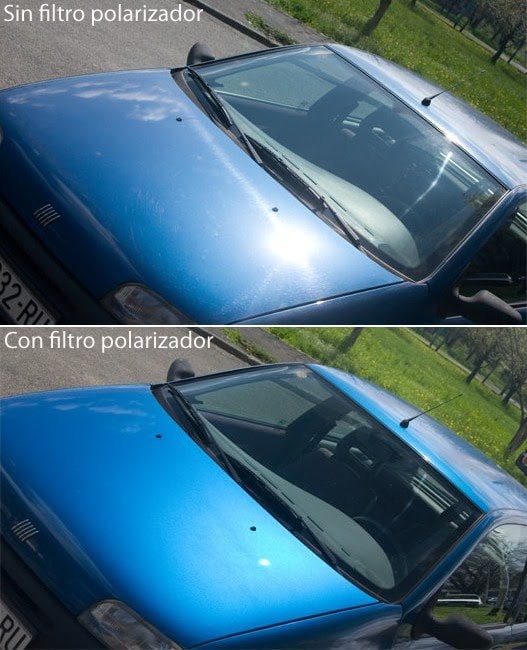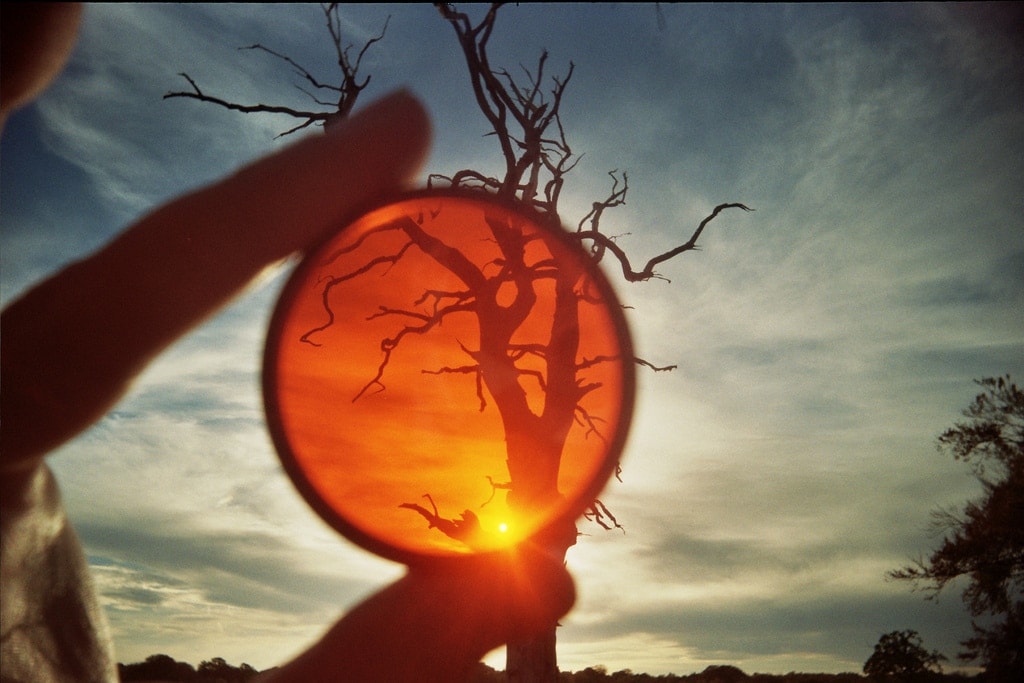The benefit of polarizing filters is only known by those who have one. It is impossible to know its usefulness and not want to get one or two. If your photographic equipment does not already have one of these filters, you need to read today's article. In it I will give you an example of the usefulness of these little tidbits. And if you want to know more about photographic accessories, do not miss the mega guide with purchase advice and recommendations.
WHAT IS A POLARIZING FILTER AND WHAT IS IT FOR?
It is precisely that: a filter. It is placed at the end of the objective (intermediating between the scene that we are going to photograph and the lens glass), and it is mainly used for 2 things:
- Reduce reflections on some metal, glass or water surfaces.
- Brings out the blue of the sky in contrast to the white of the clouds.
- It can have more useful situations but it is mainly used for the two previous situations.
EXAMPLES OF PHOTOS TAKEN WITH AND WITHOUT A POLARIZING FILTER
Here are a couple of examples to illustrate the power of polarizing filters.
In the following image, using a polarizing filter we get rid of the annoying reflection of the sun on the car:

Another example of very frequent use of these filters is the sky, which comes out improved and with a much more intense blue color:

POLARIZING FILTER: TYPES, BRANDS AND QUALITIES
There are two types of polarizing filters: circular and square (also called linear). The most common, practical and easy to find are circular filters. They are attached to the lens by means of a thread and are not in the way at all. Even when we are in autofocus mode, the filter follows the movement of the part of the lens in charge of autofocus.
The linear ones have the disadvantage that they often move (do they fall?) with the movement of the autofocus.
There are polarizing filters of all brands and qualities, you will notice it in the wide range of prices ? Although you shouldn't go up to 150 euros either. A 52mm diameter HOYA polarizer could cost you around 20 euros on average and you can expect very good results from it.
Oh, very important. Look at the diameter of your lens before you go shopping for one of these filters. Otherwise it may be too big/small for the lens.
This all for today. You know, if you want to take outdoor photography seriously, you can't keep missing a good filter of these.


